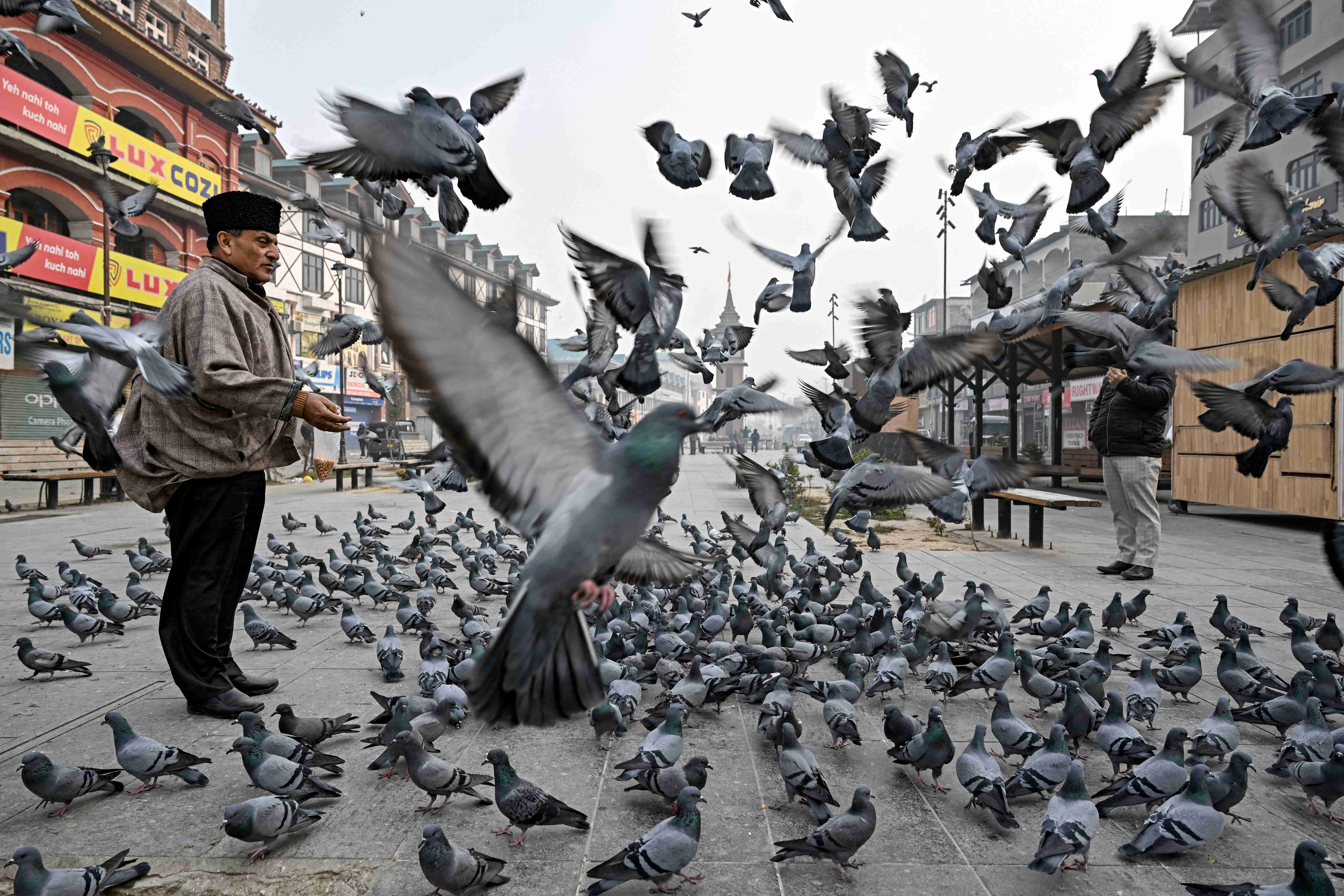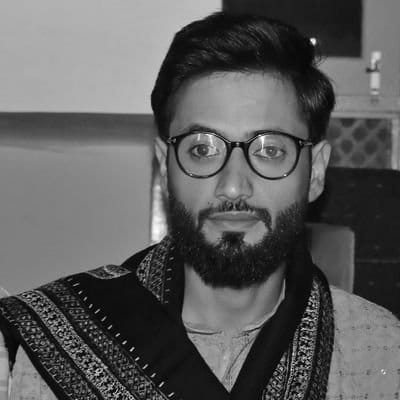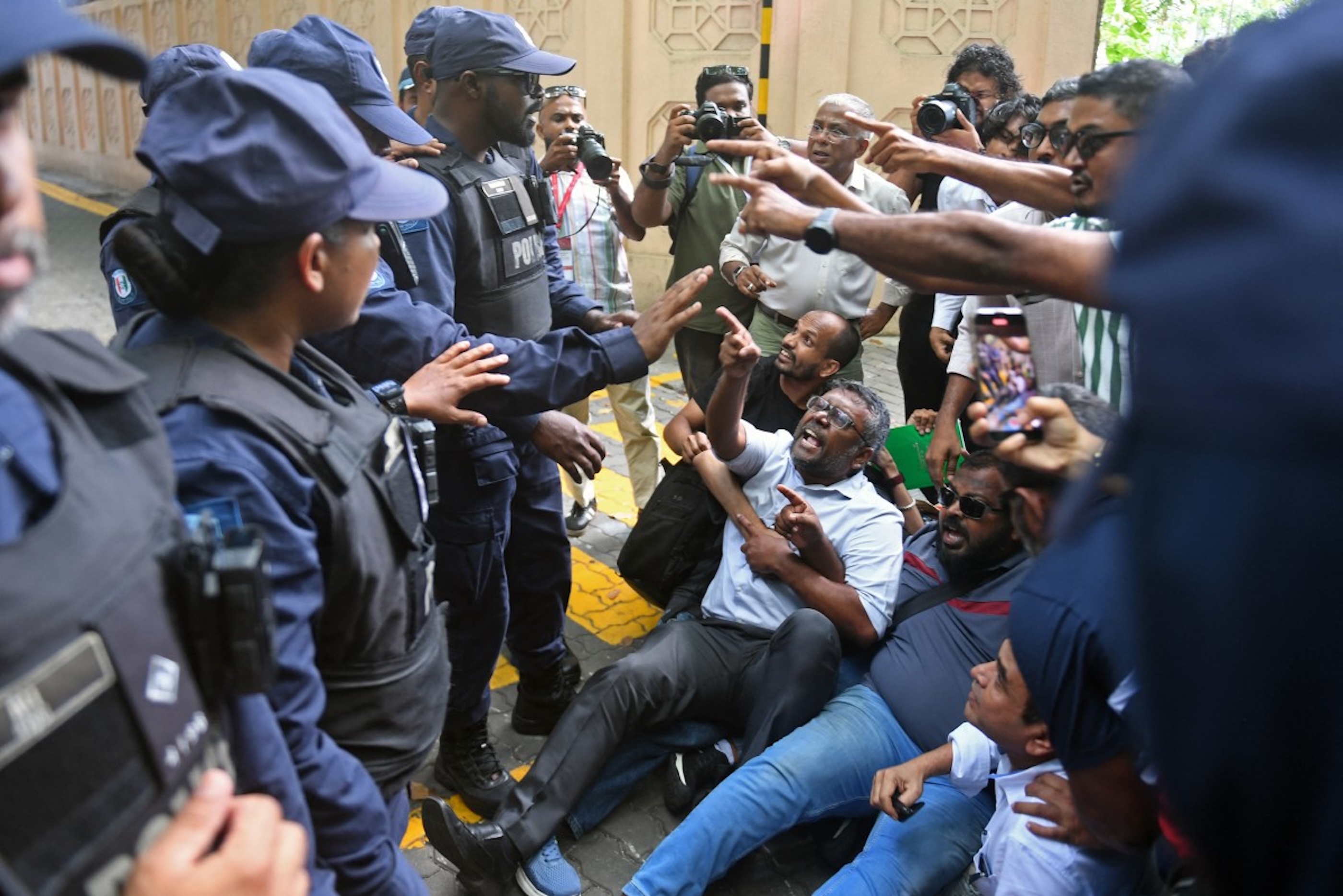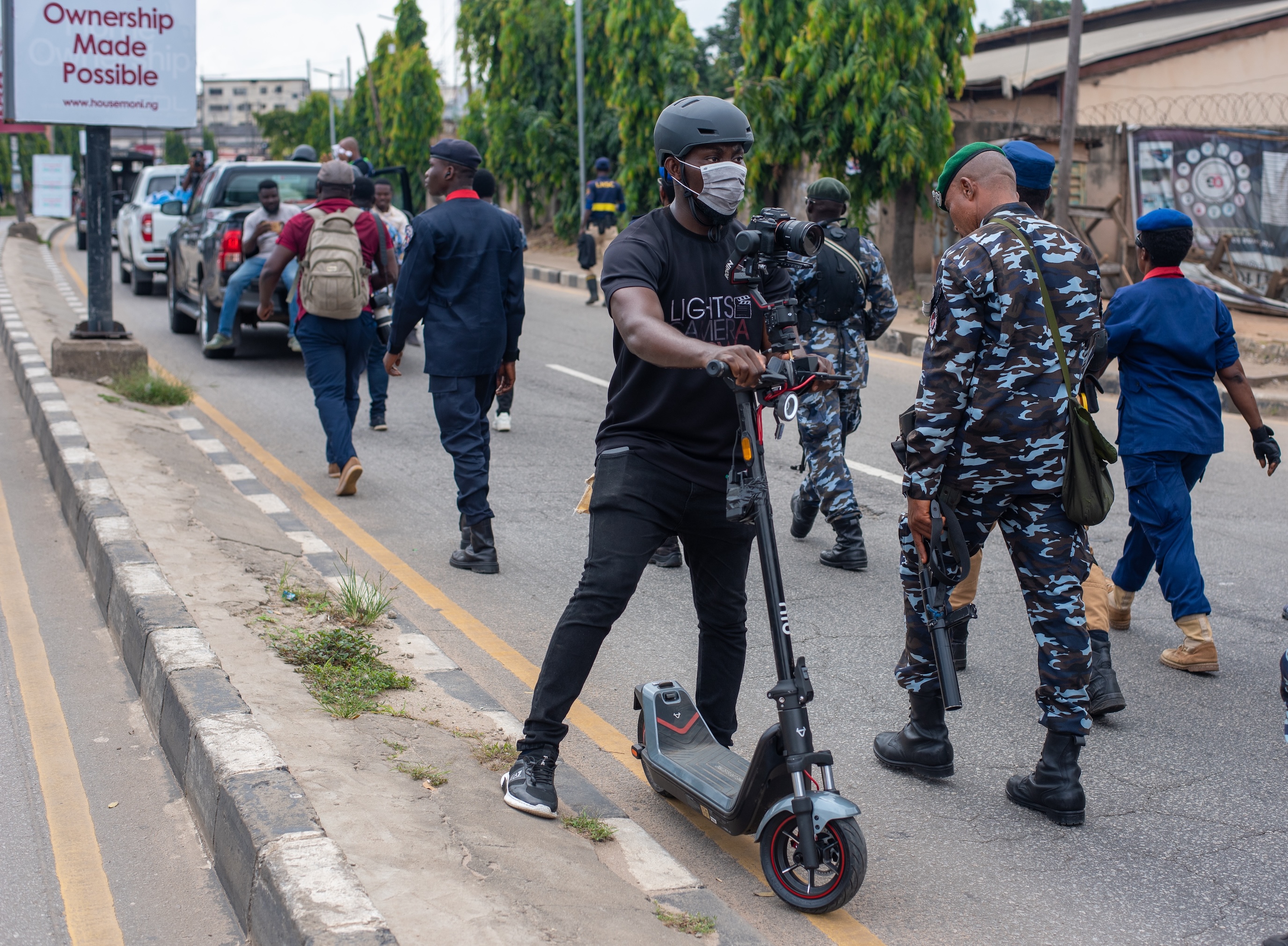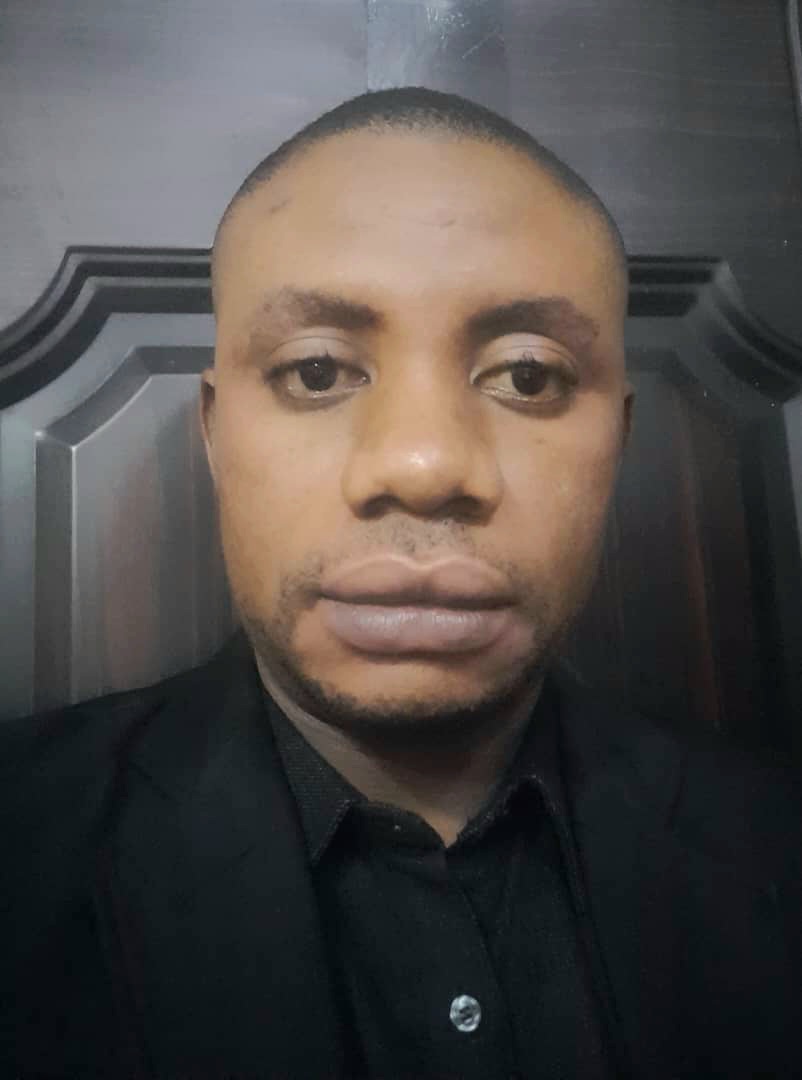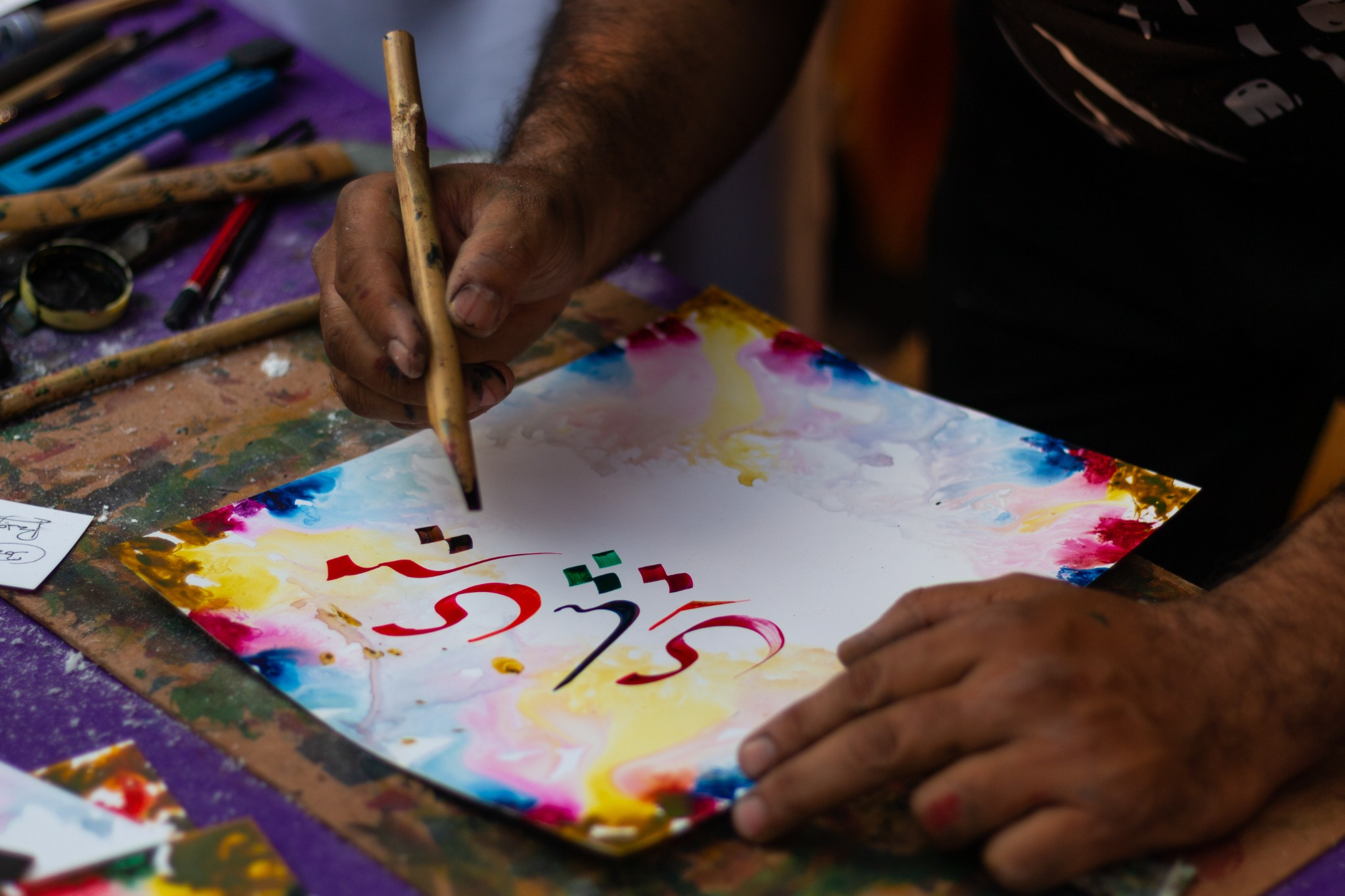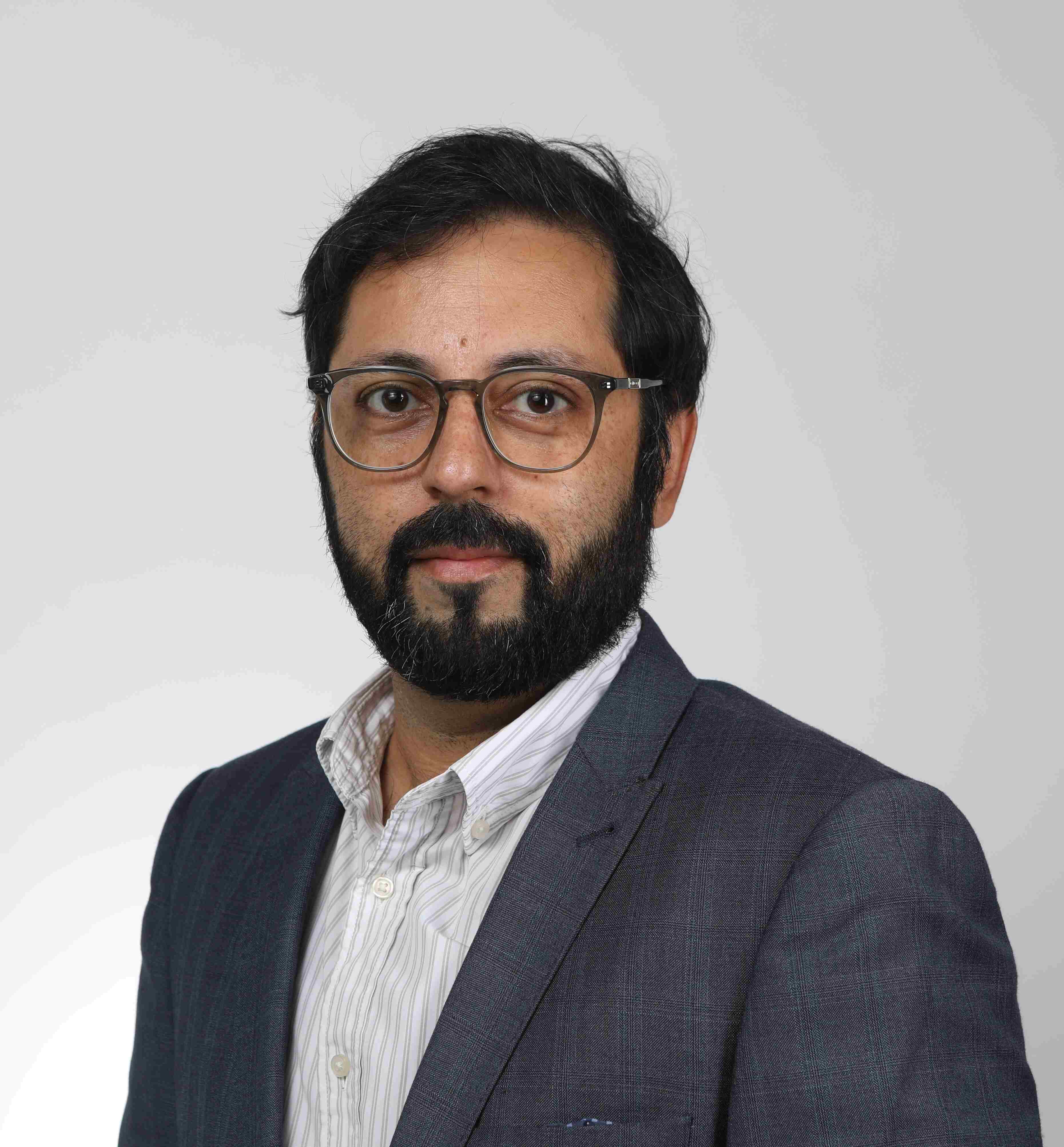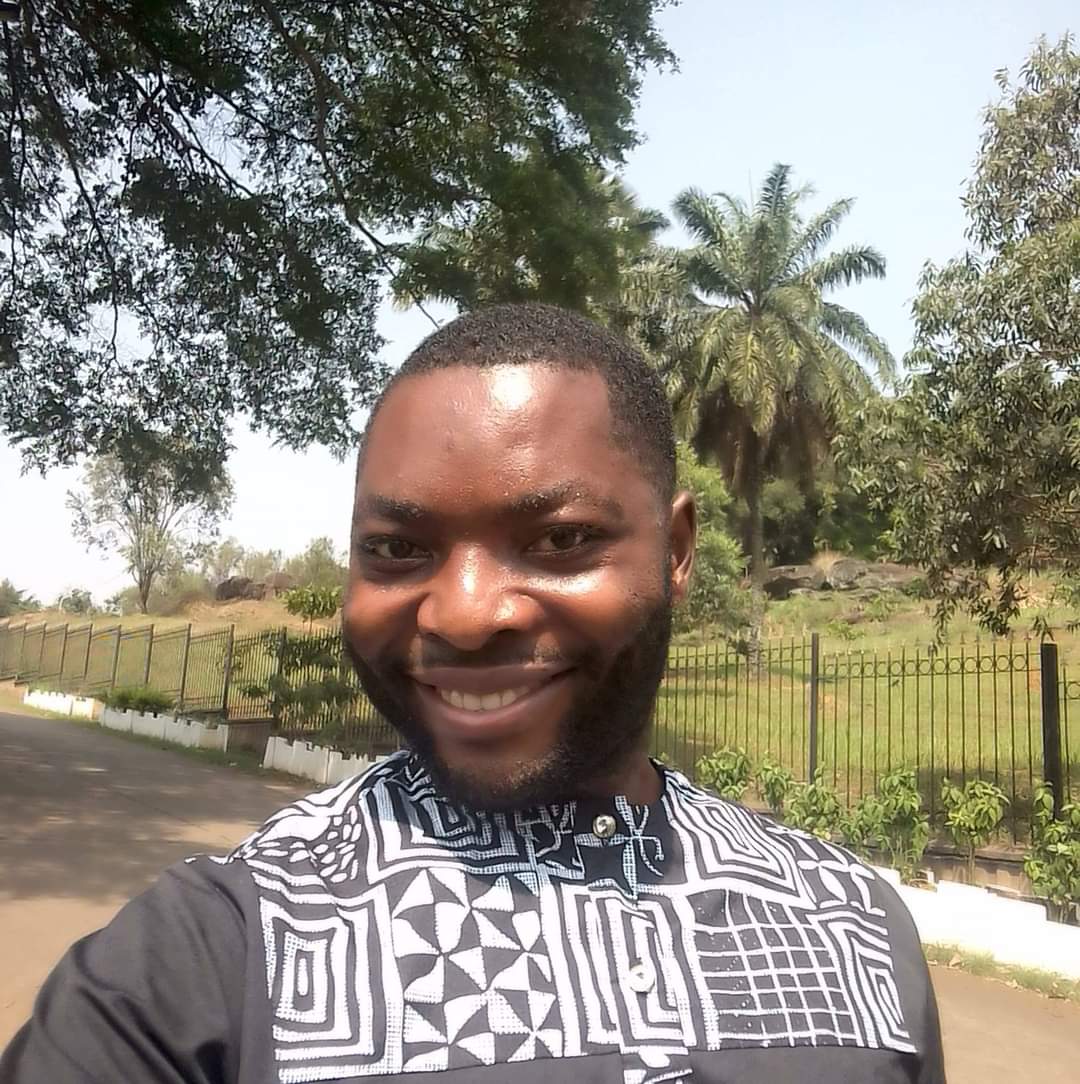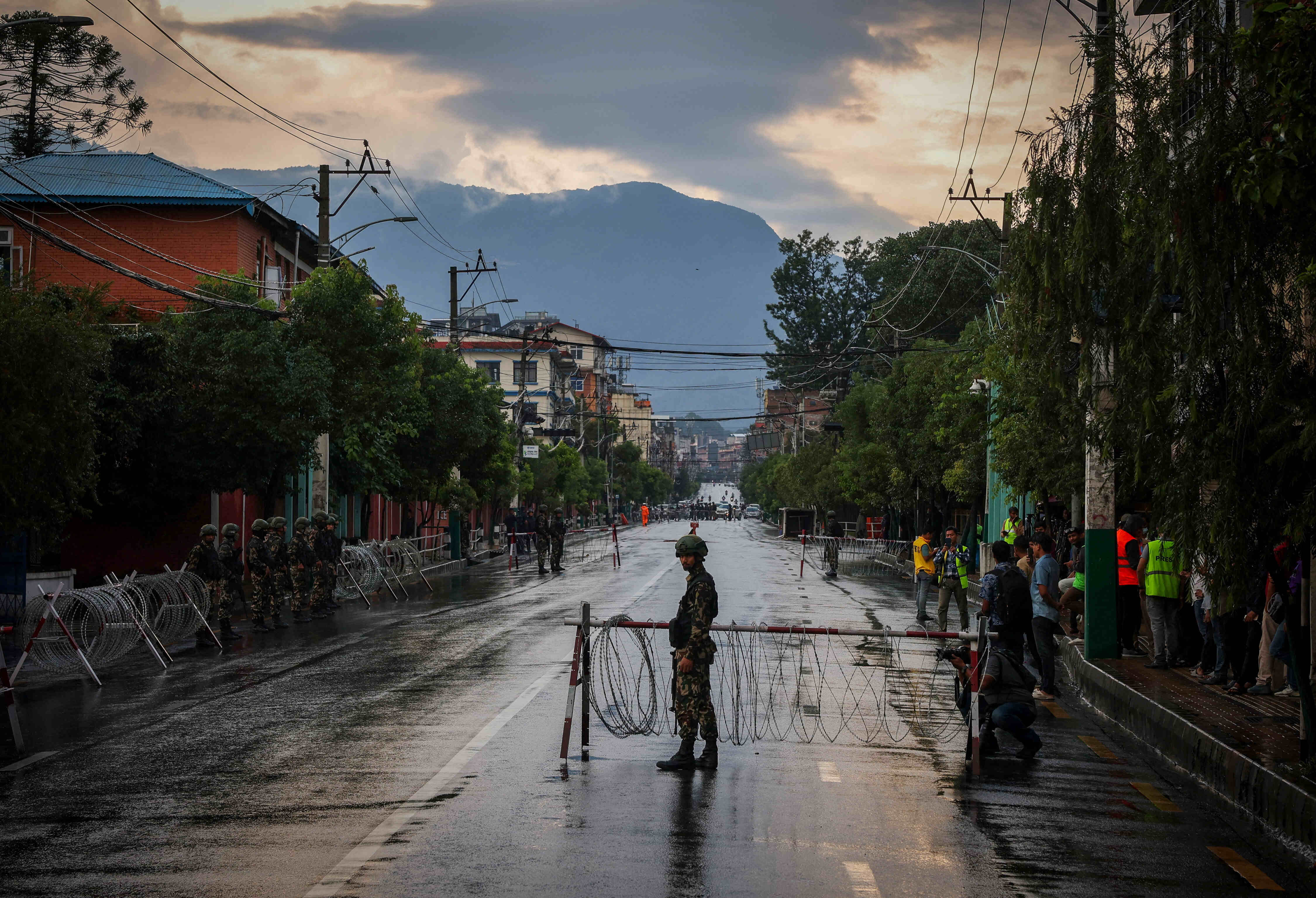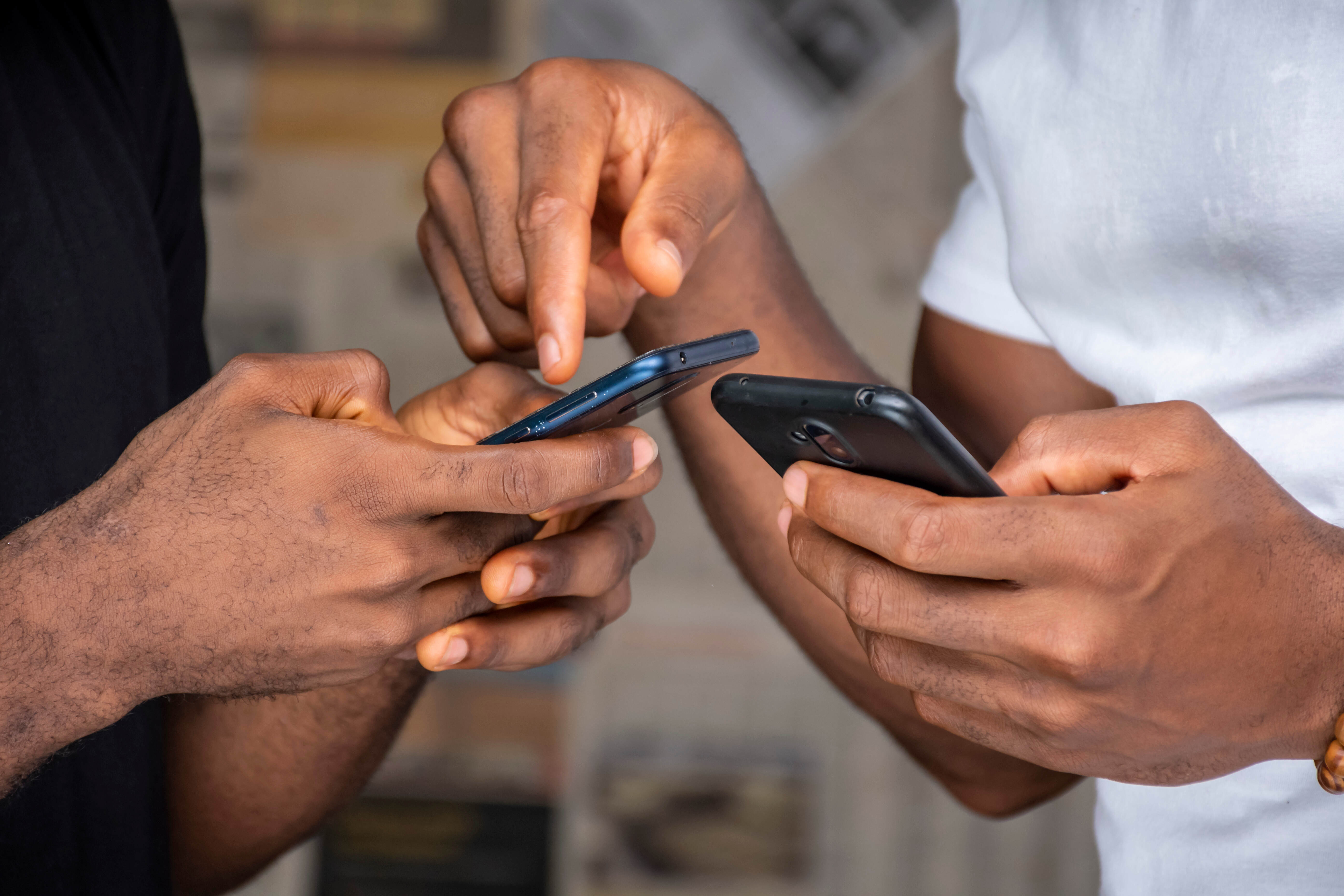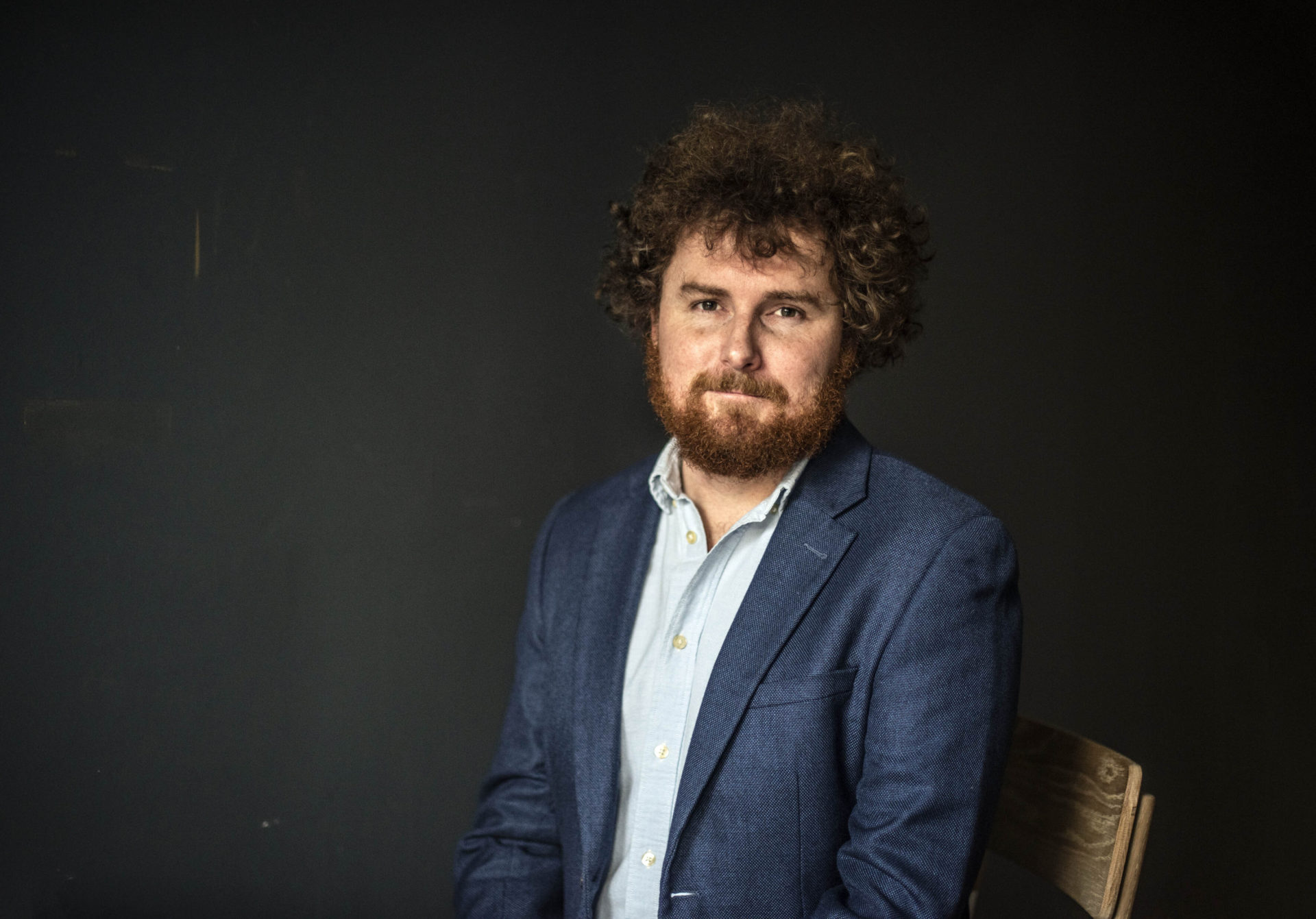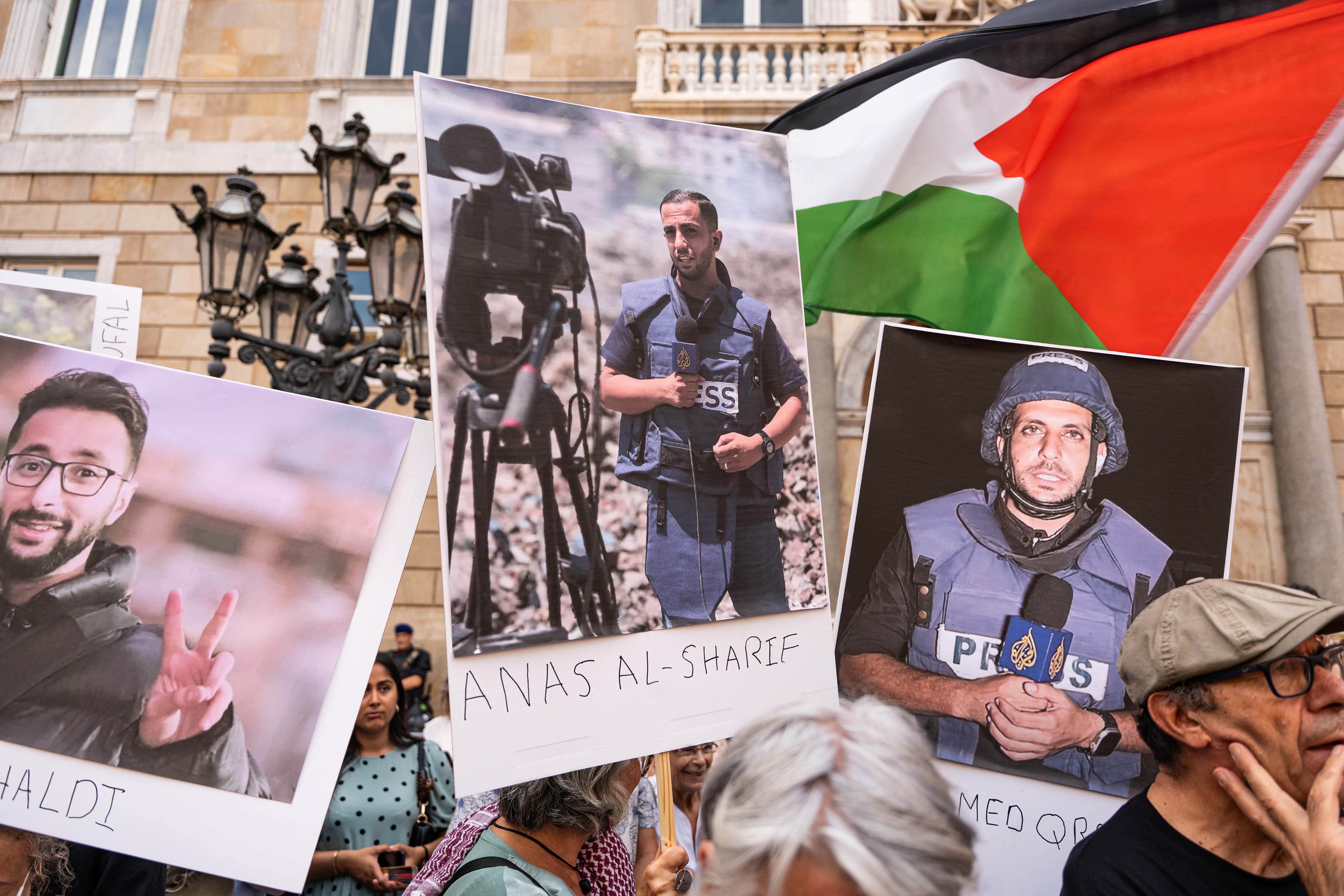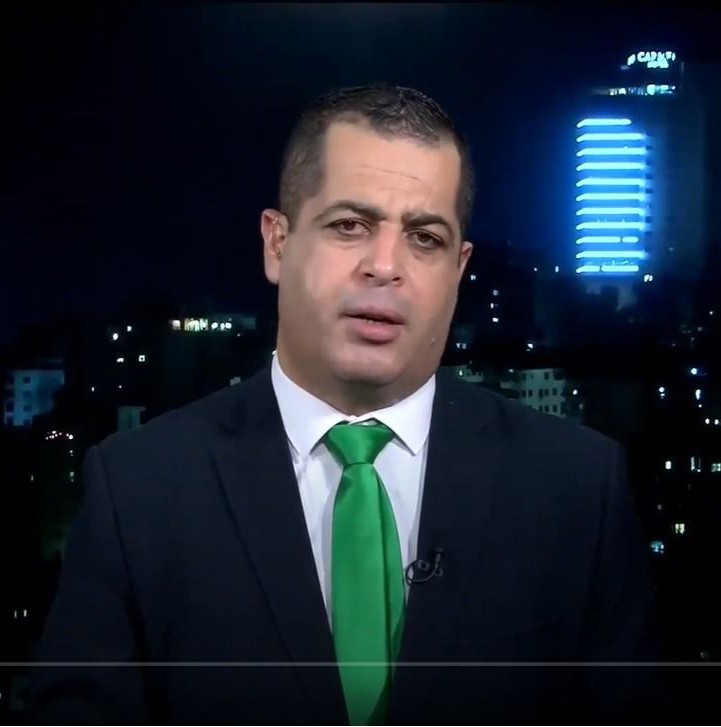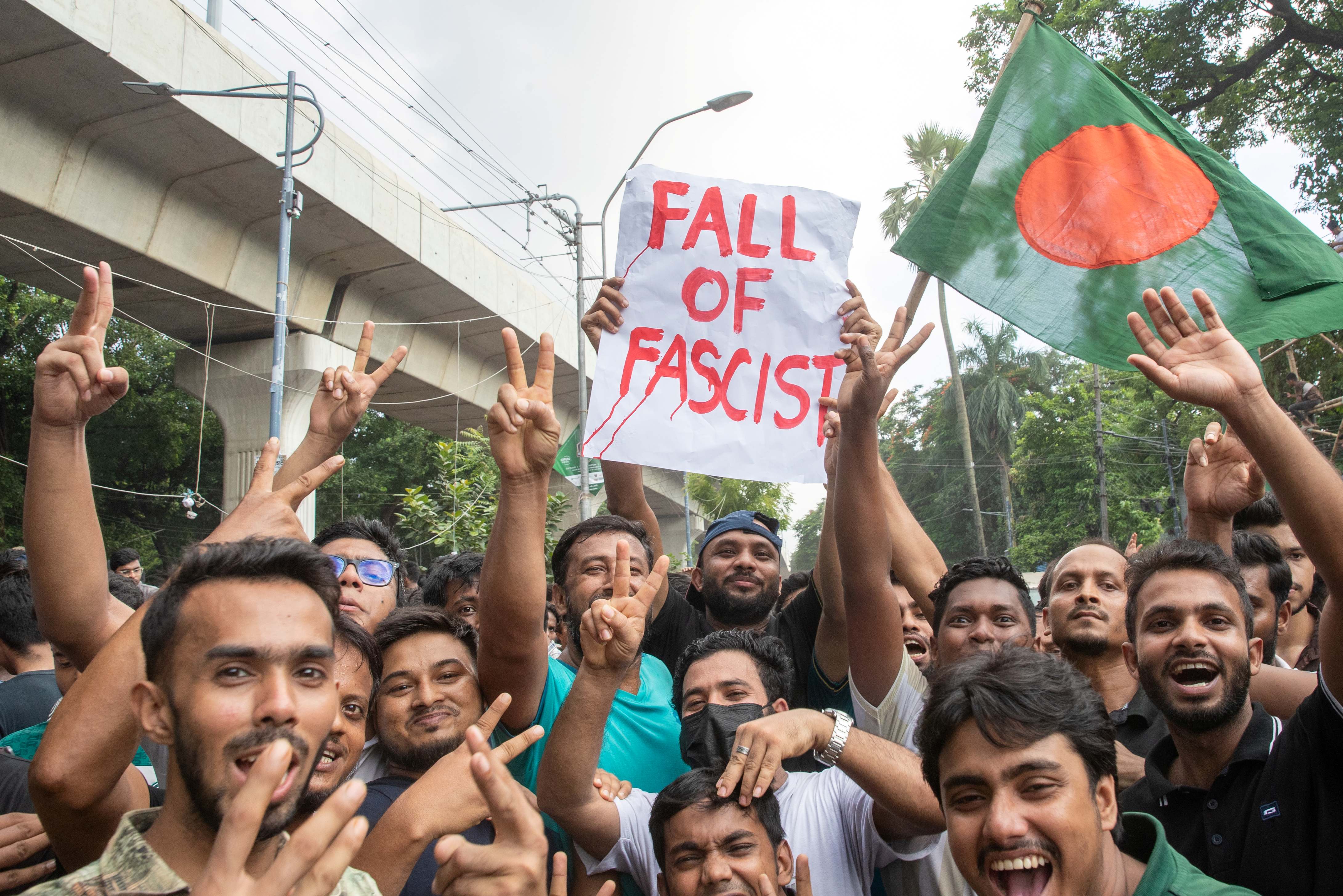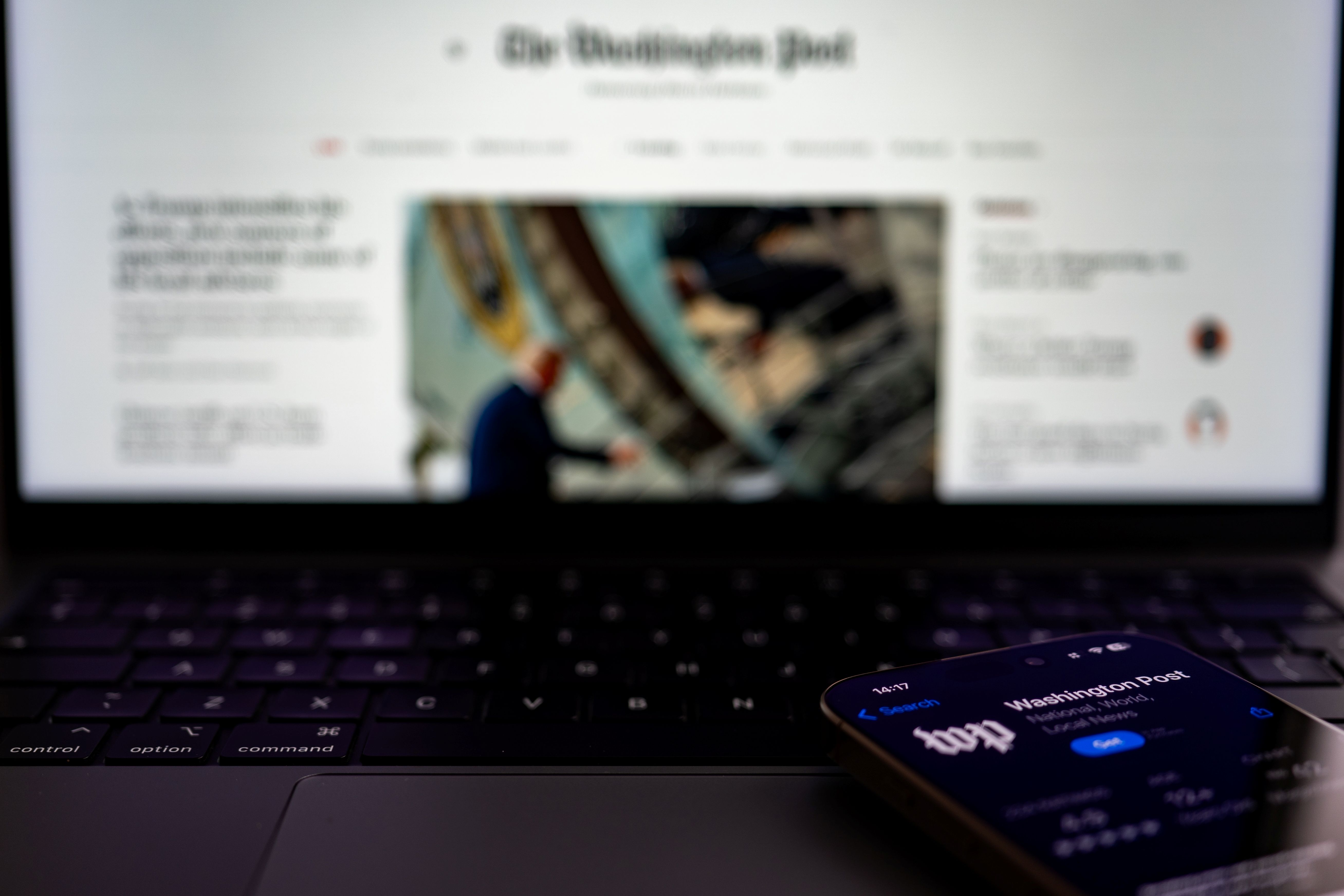أعادت أحداث حي الشيخ جراح والأقصى والحرب الإسرائيلية على غزة تعريف بعض المفاهيم، وبرزت بعض المصطلحات بقوة في الساحة الرقمية، مثل المواطن الصحفي والصحافة الحرة. المواطن الفلسطيني والعربي العادي أخذ بزمام المبادرة وتصدر المشهد الصحفي ليقدم روايته بنفسه على منصات التواصل الاجتماعي مثل إنستغرام وتويتر ويوتيوب وفيسبوك، دون انتظار وسائل الإعلام التقليدية التي اعتادت ولفترة طويلة القيام بهذا الدور.
تزامن ظهور مفهوم "المواطن الصحفي" مع ظهور منصات التواصل الاجتماعي، وهو ما عرّفه الباحث بومان ووليس بأنه "فعل لمواطن أو مجموعة من المواطنين يلعبون دورًا حيويًا في تجميع وتغطية وتحليل ونشر الأخبار والمعلومات، والغرض منه تقديم معلومات مستقلة ومعتمدة وصحيحة ومتنوعة ومناسبة لمتطلبات الروح الديمقراطية". بمعنى آخر: كل مواطن هو مصدر وناقل للمعلومة في فضاء الإنترنت، سواء أكان ذلك بالكتابة والتعليق، أو صناعة المحتوى السمعي والبصري، أو بمشاركة المنشورات والتفاعل بزر الإعجاب.
ما يميز صحافة المواطن عن الصحافة التقليدية هو أنها "تشاركية" ومتاحة لكل أفراد المجتمع دون التقيّد بسياسة المؤسسات الصحفية في النشر والنقل؛ أي أن نشر المعلومة يكون من مجموعة إلى مجموعة (from many to many)، وذلك بالاعتماد على مواطنين صحفيين متطوعين يتشاركون هوية قومية واحدة، وبعدًا جغرافيًا وتاريخيًا مشتركًا.
تأتي في المقابل الصحافة التقليدية، والتي يكون النشر فيها من فرد إلى مجموعة (from one to many)، وقد أشار جويل دي روسني إلى ذلك في كتابه "ثورة بروليتاريا الإنترنت" حيث بدا ذلك جليًا في حرب فلسطين الأخيرة -التي وقعت في مايو/أيار ٢٠٢١- حيث توجهت جموع مستخدمي وسائل التواصل الاجتماعي بتنصيب أنفسهم صحفيين ينقلون المعلومات والأخبار بهدف إيصال أصواتهم المؤيدة للقضية الفلسطينية قدر الإمكان لبقية المستخدمين، وذلك عبر هاشتاغات معينة مثل #غزة_تحت_القصف و#انقذوا_حي_الشيخ_الجراح، يقابلهما باللغة الإنجليزية #GazaUnderAttack و #SaveSheikhJarrah.
هل هم صحفيون؟
يمكن القول إن صحافة المواطن في وسائل التواصل الاجتماعي في حرب فلسطين الأخيرة كانت أحد أهم العوامل التي أعادت تشكيل وعي جيل الألفية تجاه القضية الفلسطينية، بعد تغييبه عنها لسنوات بقصد أو غير قصد. فمنذ بداية مايو/أيار ٢٠٢١، انتفض الشباب العربي عبر المنصات الرقمية، بعد نداء "منى الكرد" في مقطع فيديو وهي تستغيث: أنقذوا حي الشيخ جراح.
ساهم فيديو الكرد، بالإضافة إلى مقاطع فيديو متداولة ومنشورات وهاشتاغات مؤيدة، في تشكيل حراك اجتماعي إلكتروني مناصر للقضية الفلسطينية. اتسع الحراك بدعوة مشاركين جدد وحشد التأييد العادل للقضية، وتشجيعهم على الكتابة والتدوين عن فلسطين، حتى ضجت وسائل التواصل الاجتماعي بزخم هائل من الأخبار والمقاطع عن أسر كانت على وشك أن تُسلب منازلها وممتلكاتها عنوةً في حي الشيخ جراح، وتحاول إيصال صوت ومناشدات الأهالي لوقف التهجير القسري والفصل العنصري.
في الجانب الآخر، وفي قطاع غزة تحديدًا، توالت المقاطع والصور لمنازلَ ترزح تحت القصف، ولأسر فلسطينية تبحث عن مأوى تحتمي به من ويلات الحرب. كما لم تخلُ منصات التواصل من مقاطع فيديو لأطفال يسردون قصصهم ومعاناتهم.
لعل هذا الزخم الهائل في المحتوى، هو ما جعل الناشطين في مواقع التواصل الاجتماعي من شتى أنحاء الوطن العربي، يتجهون إلى مناصرة القضية باتخاذ "صحافة المواطن" وسيلةً لنشر ما يدور في فلسطين دون تجميل للواقع، والمساهمة في فضح جرائم الاحتلال الإسرائيلي وهدم سرديته المعاكسة للواقع.
المواطن الصحفي.. ضد التحيز
في حرب فلسطين الأخيرة، لم يكتفِ الاحتلال الإسرائيلي بقمع الفلسطينيين على أرض الواقع، بل امتدت سطوته إلى الفضاء الإلكتروني، أو ما يمكن وصفه بالاضطهاد الرقمي، الذي عرفته الدكتورة صفية نوب، أستاذة الاتصالات بجامعة كاليفورنيا، بأنه "أحد أشكال القمع والعنف السيبراني، والذي ينتج عنه ممارسات قمعية ضد مستخدمين من مجتمعات عانت طويلًا من الاضطهاد التاريخي والسياسي والاقتصادي، أو لا تزال".
وفي سبيل ذلك قام الاحتلال بجمع معلومات عن الناشطين الفلسطينيين، والتجسس عليهم في منصات التواصل الاجتماعي من خلال تأسيس وحدة "سايبر" (عرفت بالوحدة ٨٢٠٠) بهدف إغلاق الحسابات واعتقال الناشطين على منصات التواصل الاجتماعي في الداخل الفلسطيني. هذه الحملات في العالم الافتراضي والواقع أدت إلى نتيجة عكسية، وأطلقت موجة تضامن واسعة لاسيما في أوساط النشطاء والمواطنين الصحفيين الذين انخرطوا في صناعة محتوى مناصر للقضية بعدة لغات، ونشره عبر هاشتاغات باللغات العربية والأجنبية للوصول إلى الرأي العام إقليميًا ودوليًا.
منصات التواصل الاجتماعي بدورها واجهت اتهامات بممارسة الاضطهاد الرقمي ضد السردية الفلسطينية عبر خوارزميات تحد من انتشار المحتوى أو تحجبه مباشرة. ولتمرير المحتوى الرقمي للجمهور دون أن تكون المنشورات عرضة للحذف أو أن تغلق الحسابات، بدأت مجموعة من الحيل المبتكرة بالظهور كاستخدام كلمات يتخللها أرقام أو رموز أو أحرف لاتينية. في المقابل، تشكل رأي عام ضاغط لإيقاف الرقابة التي تمارسها المنصات الرقمية ضد المحتوى الفلسطيني.
وفي مسارات موازية، انضوى المستخدمون في حملات لخفض تقييم بعض التطبيقات الداعمة للاحتلال الإسرائيلي على متجري "غوغل بلاي" و "آب ستور"، ومنحها بنجمة واحدة بهدف حذفها أو إلحاق خسائر اقتصادية بالشركات المالكة لها. وبحسب تقرير للجزيرة نت، انخفض تقييم فيسبوك من ٤.٩ نجمات إلى ١.٩ نجمة في "آب ستور" و٢.٤ نجمة على متجر "غوغل بلاي"، ما أدى إلى إلحاق خسائر تقدر بنحو ٠.٧٥٪ للسهم الواحد لتبلغ قيمته 316.2 دولار بعد أن كان ٣١٩ دولارًا قبل الحملة التي شنها المستخدمون.
هل تصمد الصحافة التقليدية؟
إن هذا الحِراك المناصر للقضية الفلسطينية على منصات التواصل الاجتماعي هو ما حفز كثيرًا من المستخدمين لتوثيق ما يحدث في الساحات العربية المكتظّة بقضايا سياسية واجتماعية واقتصادية شائكة. ولعله ساهم أيضًا في إعادة تعريف العديد من المفاهيم لدى الجيل الناشئ، مثل حرية الصحافة وديمُقراطية المحتوى والنشر، الأمر الذي جعل هذا النوع من الصحافة ينافس الصحافة التقليدية، لا سيما في ظل حماس الشباب المتأجج لتحقيق أعلى مستويات الحرية التي يتوقون لها في ظل الاستبداد.
الصعود الذي حققته صحافة المواطن خلال حرب فلسطين، يضع الصحافة التقليدية في منافسة كبيرة معها والتي تتبنى فكرًا ومنهجًا مختلفًا في النشر لا يعترف بأي قيود مؤسسية. وعليه، يمكن القول بن المؤسسات الصحفية التقليدية بحاجة إلى إعادة النظر في سياساتها ومنهجها الذي تتبناه في نشر ونقل المحتوى، وتبني نهج جديد يوائم واقعنا وتوجهات مستخدمي منصات التواصل الاجتماعي، على أمل أن يفضي ذلك إلى تصالح صحافة المواطنين مع الصحافة التقليدية.
المراجع:
Bowman, S, and C Willis. We Media: How Audiences are shaping .2 Ed.), Reston: the ،the Future of News and Information. (J.lasica Media Center at the American Press Institute, 2003.
Rosen, J. "A most useful definition of citizen journalism." .30 Press think. June 3, 2021. journalism.nyu.edu/pubzone/weblogs/pressthink/2008/07/14/a most useful d.html#more.
. الشيخ جراح: فيسبوك وتويتر تسكتان المتظاهرين، وتحذفان الأدلة - حملة - المركز العربي لتطوير الإعلام الاجتماعي". 7amleh.org. مؤرشف من الأصل في ١٦ مايو ٢٠٢١. اطلع عليه بتاريخ ٢ يونيو ٢٠٢١.
أسماء عبد العزيز. دور التعبئة الرقمية في الحشد للحراك الاجتماعي. الأصل مؤرشف في ١ يوليو ٢٠٢٠، اطلع عليه في ٢٩ مايو ٢٠٢١.
صفية أمبوسعيدي. النضال الفلسطيني بوصفه فعلا ثوريا عربيا. الأصل مؤرشف في ٣٠ مايو ٢٠٢١، اطلع عليه بتاريخ ٣٠ مايو ٢٠٢١.
محمد سناجله. النجمة الواحد التي هزت الإمبراطورية: فيسبوك تواجه حملة لخفض تقييم تطبيقها مناصرة لفلسطين. الأصل مؤرشف في ٢٧ مايو ٢٠٢١، اطلع عليه في ٢٩ مايو ٢٠٢١.
نديم الناشف، مروة فطافطة. مراقبة الفلسطينيين والنضال من أجل الحقوق الرقمية. الأصل مؤرشف في ١٤ مارس ٢٠٢١، اطلع عليه بتاريخ ١ يونيو ٢٠٢١.

